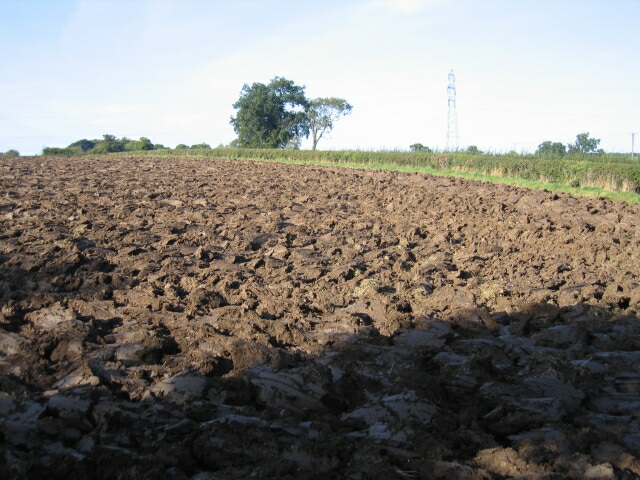New technology to measure soil carbon

Carbon is a hot topic at the moment, particularly with Rudd’s plan to move from the Carbon Tax to an Emissions Trading Scheme. But while the politicians argue over the economic implications, researchers at the University of Sydney have developed an instrument that could help drive policy to deal with the environmental impacts of carbon.
The Carbon Soil Bench measures carbon levels in the soil, cheaper, faster and more accurately than current methods. The Bench is essentially a large furnace on wheels that works by burning a sample of soil and measuring how much carbon dioxide is released. Because the Bench can take samples up to 2.5cm in diameter and a meter in length (up to 500 grams of soil), the variation in results common to current methods is reduced.
Current methods use a point analysis on 0.5 grams of soil, requiring crushing and mixing samples in an attempt to produce a ‘representative’ sample. The 0.5 gram sample is then selected from this mix. The Bench, by contrast, can measure up to half a kilo at once, the process taking only 10 minutes.
This technology is exciting as soil has the ability to store carbon (via sequestration), however measuring the capacity of soil to do so, until now, has been difficult. The Bench may pave the way for a more serious look at how Australian land can contribute to environmental improvements by capturing carbon.
The team, Robert Pallasser, Professor Alex McBratney and Associate Budiman Minasy, have created a video of the bench in action, which can be viewed on youtube:
Bryce A (2013-07-19 06:32:32). New technology to measure soil carbon . Australian Science. Retrieved: Jul 18, 2025, from http://ozscience.com/technology/new-technology-to-measure-soil-carbon/
 Follow
Follow
I have seen the video on Carbon Bench which I consider as interesting. I could remember that there was a instrument in the past named Wostof Apparatus which was used to quantify Carbonates in Soil through combustion in a chamber and the evolved carbon dioxide sending through an acid solution in which the conductivity change was measured and used to quantify carbon. Is this a next generation of that ?
Besides, I wish to know how the instrument would disintegrate carbon dioxide produced at the same time due to heating of the soil samples containing considerable amounts of carbonates ; calcareous soils.
Above was my confusion ! Congratulations for increasing the bulk of the soil for determination which, would invariably provide more representative results.
regards
Ananda N. Jayakody